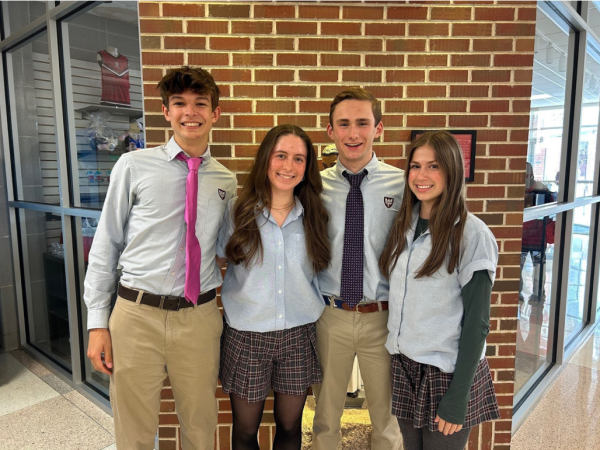Amazon Forest Fires
Forest Fire Fear Fire Children Amazon Flame
On August 19, 2019, citizens of Sao Paulo, Brazil, looked up at the sky and noticed it was covered with dark, grey smoke. It did not take long for people to realize that the smoke was coming from the world’s largest rainforest, the Amazon. Unfortunately, this realization was not until two weeks after the fires had started to burn. However, these fires were not accidental, they were intentionally started by humans.
Normally, fires occur frequently during the dry season, which is usually from April to December. During this season, land grabbers, such as loggers, ranchers, and farmers, will set fire on the boundaries between existing farmland and rainforest in order to illegally clear the nearby area for profit. They have also been caught intruding upon unprotected parts of the forest to cut down and sell the most valuable trees. According to the Wall Street Journal (WSJ), “From January through August this year, there have been 43,421 fires so far in the Amazon region, according to data from Brazil’s space agency, which tracks deforestation and fires. That is more than double the 19,229 fires during the same period last year.” 4,700 square kilometers of rainforest had been cleared out, which is 67% more than last year. If the amount of deforestation keeps increasing, many problems could arise and threaten the future of the earth.
As a result of these illegal actions, about 18% of the original Amazon forest is gone. While many people will not take this natural tragedy seriously, they don’t realize the crucial role that the Amazon plays in the Earth’s cycle of life. The Amazon Rainforest, similar to any other massive area of trees, acts as a giant sponge that absorbs large amounts of carbon dioxide from the air. Because of this, the Amazon helps regulate global temperatures. With the lack of trees, the rainforest will have a harder time absorbing adequate carbon dioxide. Therefore, a greater chance of irregular global temperatures could emerge.
Scientists have warned that the forest cannot afford to lose much more of its cover without drying out and eventually becoming a savanna. Savannas are known to be significantly more prone to wildfires than forests. Additionally, the Amazon reuses a lot of the moisture that comes from nearby oceans, turning it into water vapor that goes back into the atmosphere. If enough trees are taken away, less moisture will be in the air and longer dry periods will occur. After further research, scientists have said, “There is a tipping point at which the rainforest would eventually turn into savanna. One estimate in 2007 said that point was [sic.] likely when some 40% of the forest [is] gone. But others say factoring in things like fires and climate change could reduce that tipping point to when 20% to 25% is gone” (WSJ). In other words, the Amazon is close to irreversible damage.
However, other civilians and leaders around the globe have been encouraging activism and awareness, pushing for federal legislation to prevent further disasters such as the most recent rainforest fires. In 2012, Brazil passed a law requiring that farmers in the rainforest keep 80% of their land with tree cover. For farmers in the savanna, they must keep 35% of their land must have tree cover. Brazilian farmers have also become more sophisticated in the way they manage their farms. Instead of tearing and burning down trees to create more land, farmers have started to improve the productivity of existing land. Nevertheless, Jair Bolsonaro, the president of Brazil, has been critical of regulations such as these, perhaps undermining actions done to help the forest. There are also many Brazilians in the middle of this issue—both the president and the citizens of Brazil worry about the Amazon but also do not want to be lectured by foreigners.








